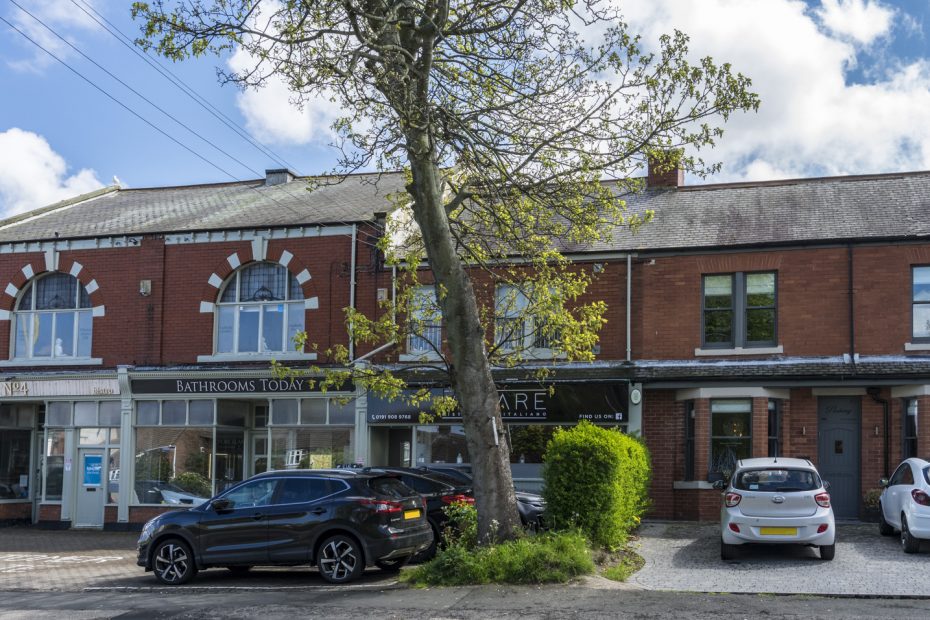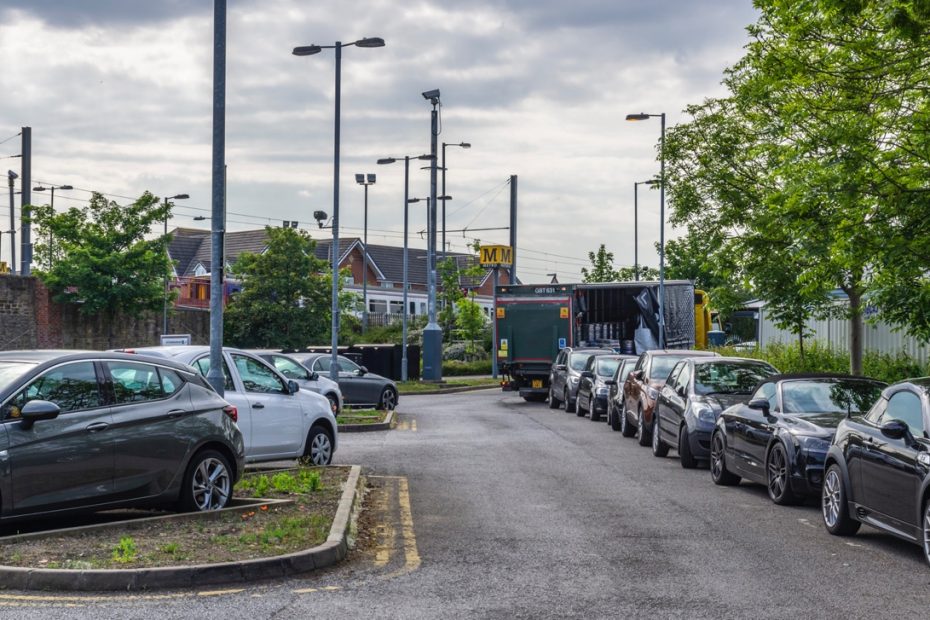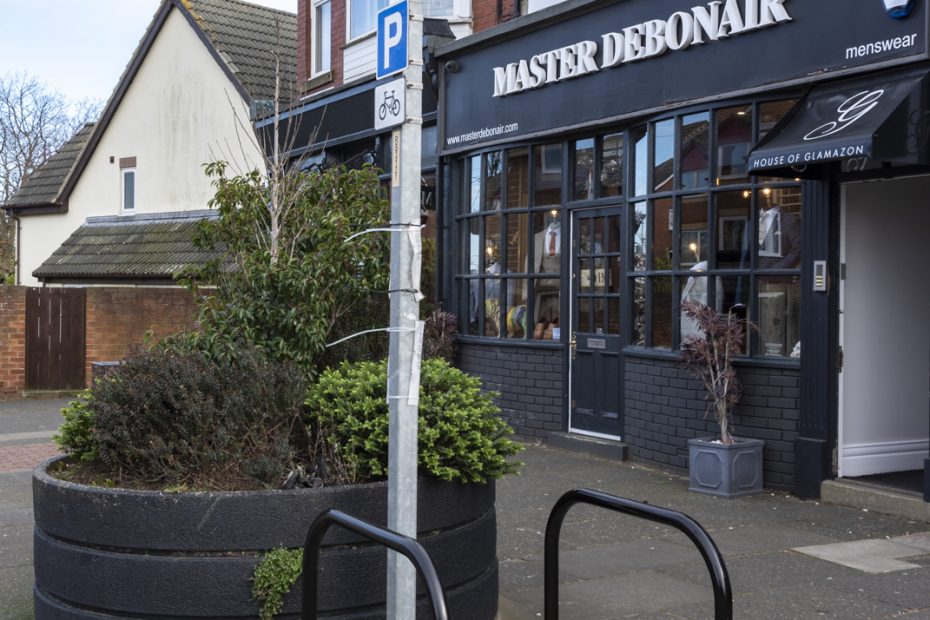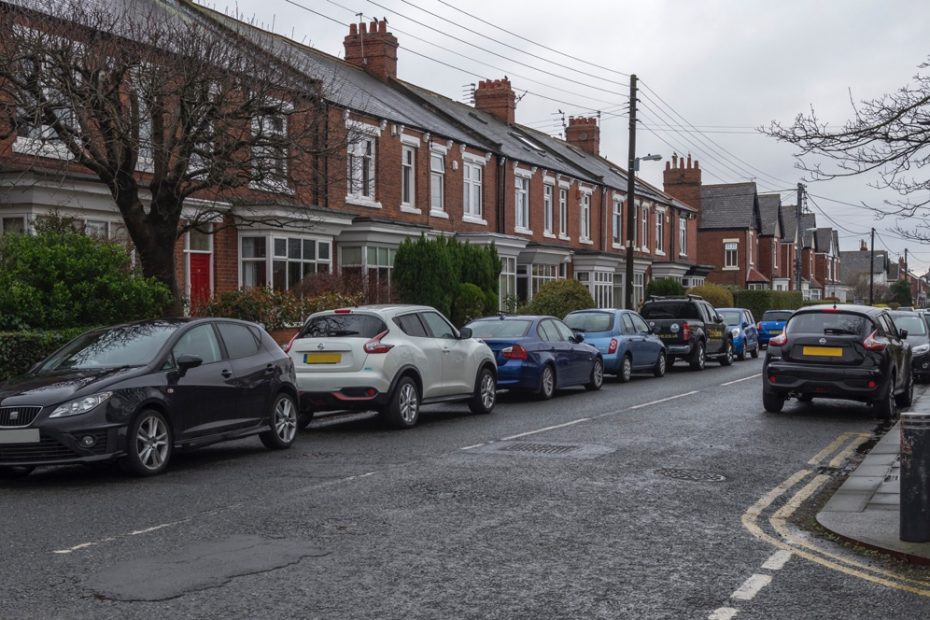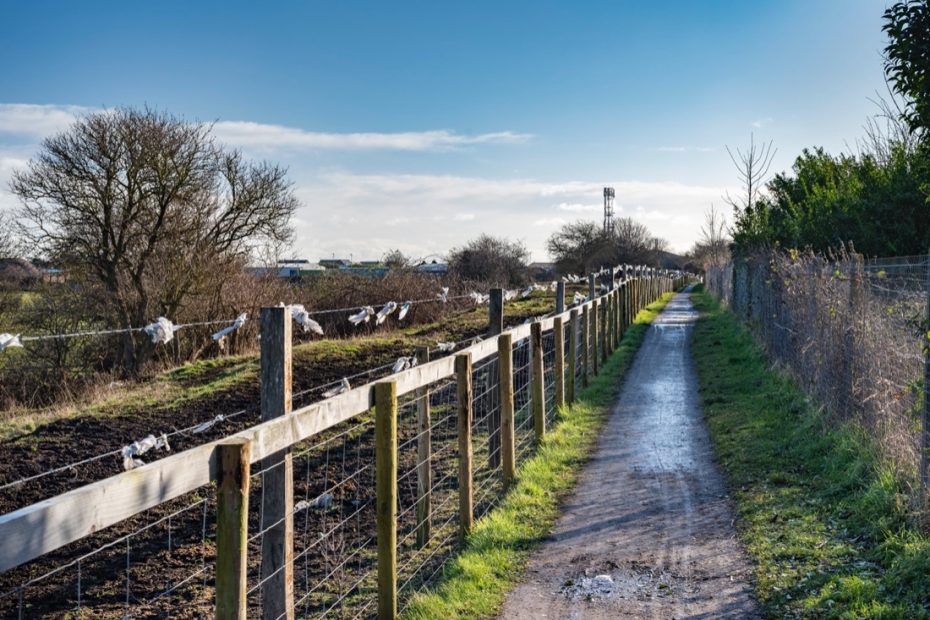Development will be supported where it maximises the use of sustainable modes of transport, in particular applicants must demonstrate, where appropriate and relevant to the development, how the proposal has been designed and located to:
a. Reflect the needs of: pedestrians; cyclists; public transport; commercial and service vehicles; and private cars;
b. Create places and streets that are user friendly and safe for cyclists and pedestrians, reflecting the requirements of the East Boldon Design Code;
c. Support sustainable transport choices such as, incorporating or creating new pedestrian and cycle routes or improvements to existing routes to serve the development that integrate into wider networks and provide safe and effective routes to services and facilities, including East Boldon Metro Station;
d. Ensure existing or new public transport services can accommodate development proposals, and where necessary, new accessible public transport routes and/or improvements to the existing services and facilities can be secured;
e. Ensure that the cumulative impact on traffic flows on the highway network will not be severe or that appropriate mitigation measures can be secured and are undertaken; and
f. Incorporate an appropriate level of parking in accordance with the parking standards set out in policies EB20, EB21 and EB22.
To achieve modal shift, major developments will be expected to provide travel plans and the application should be supported by a transport statement or transport assessment. The development should promote sustainable travel behaviour and demonstrate how it will link and support the widening of travel choices.
Read More »EB18: Sustainable transport and new development
